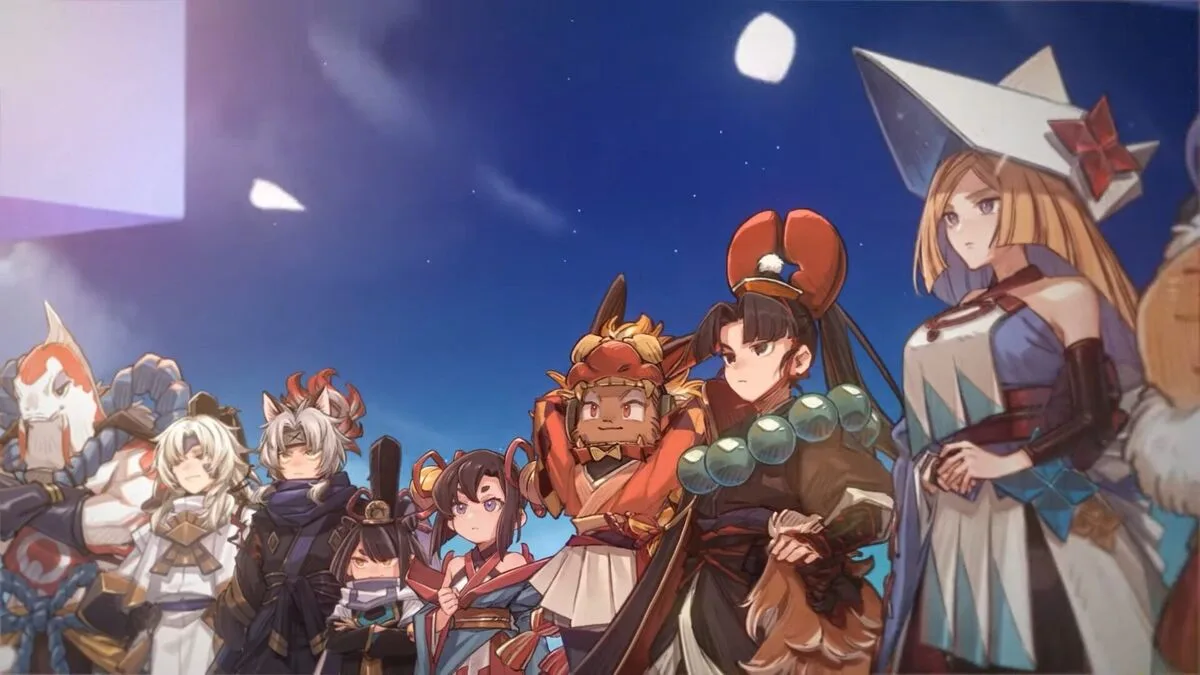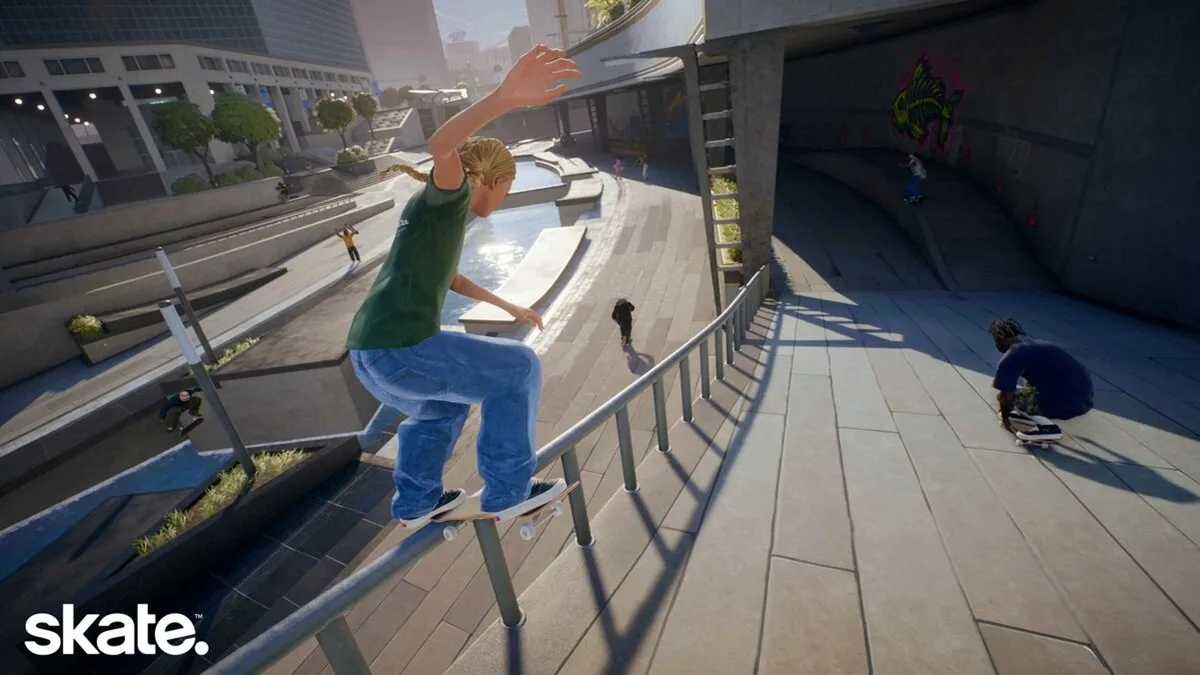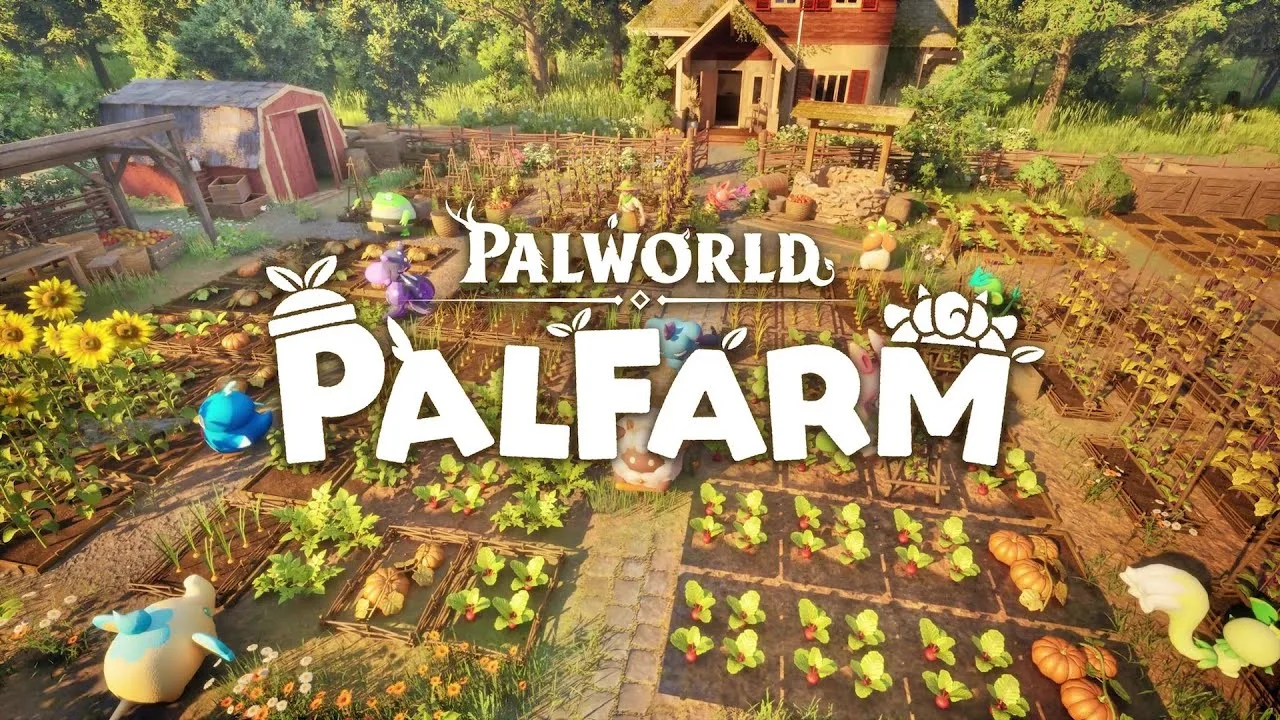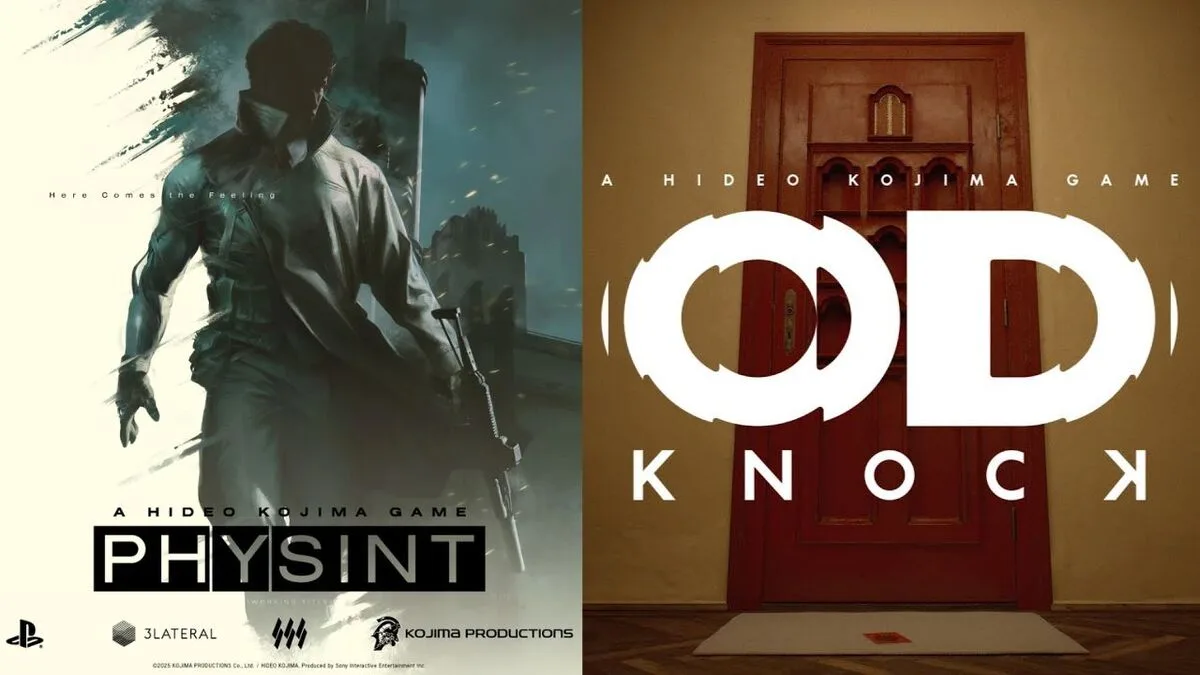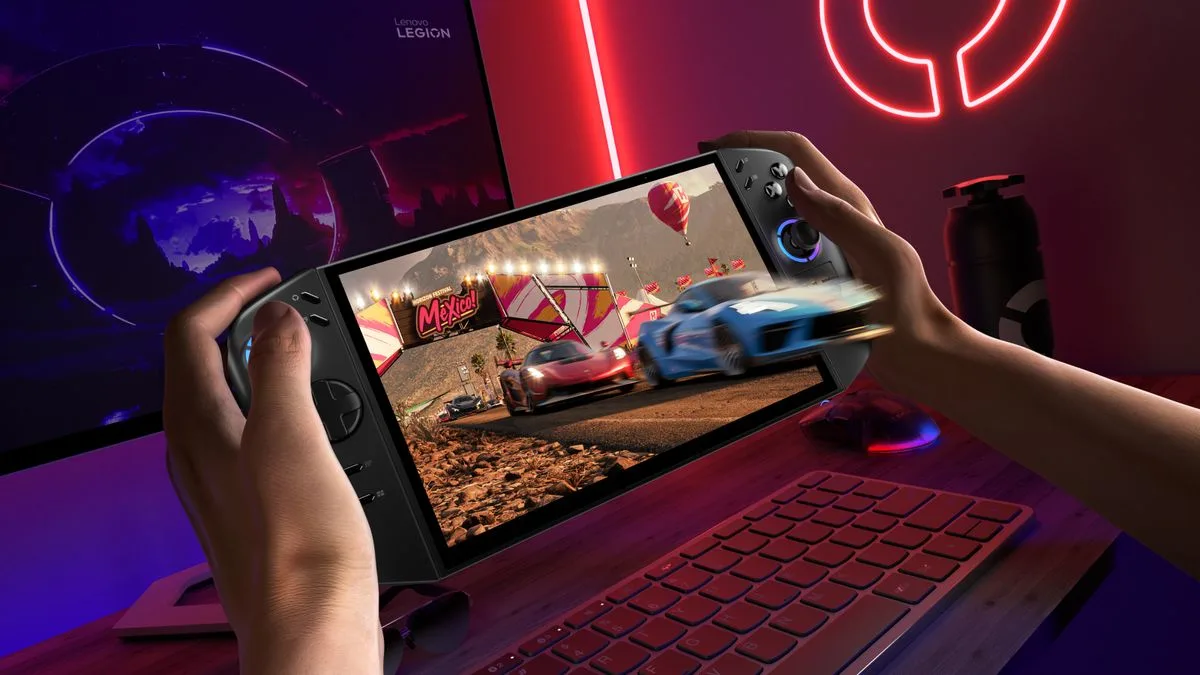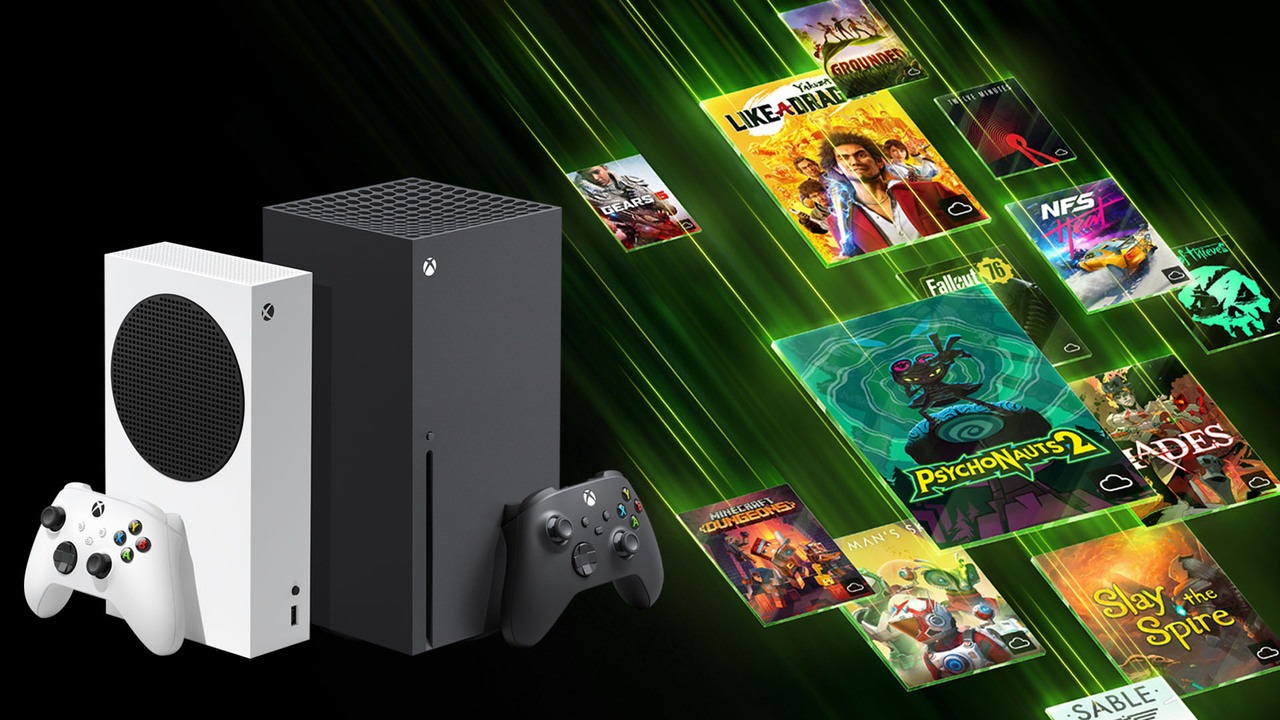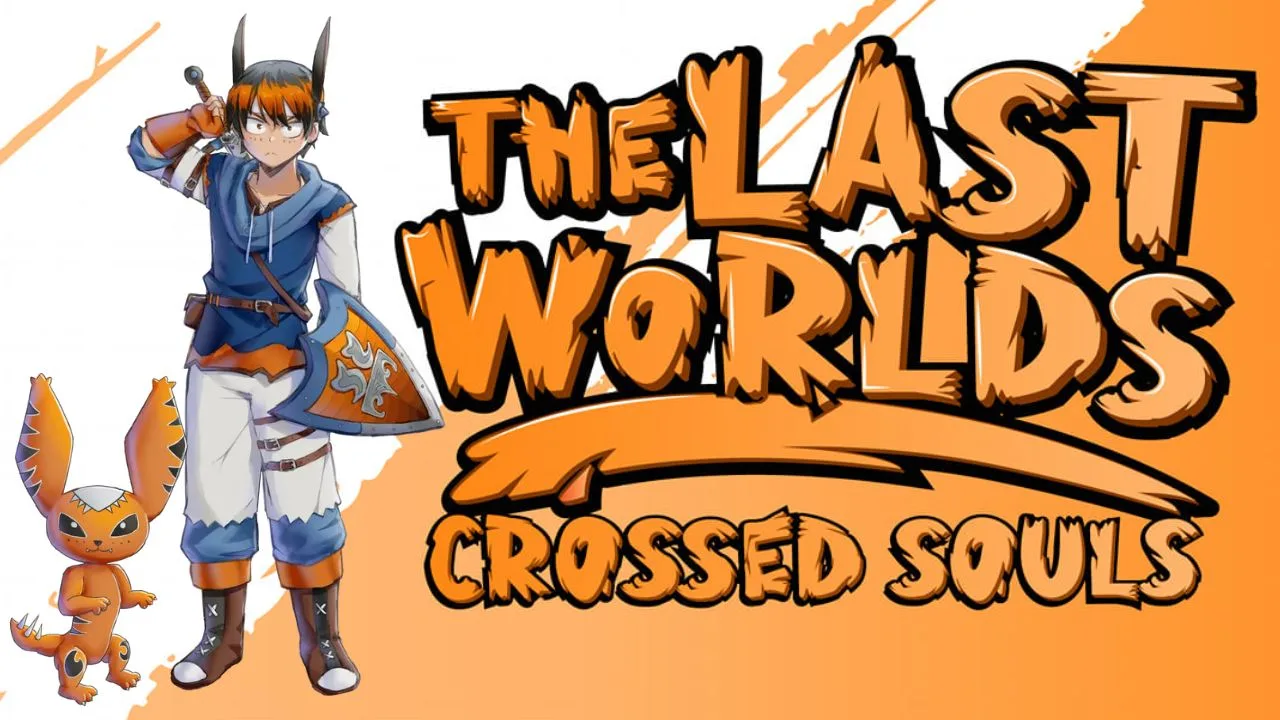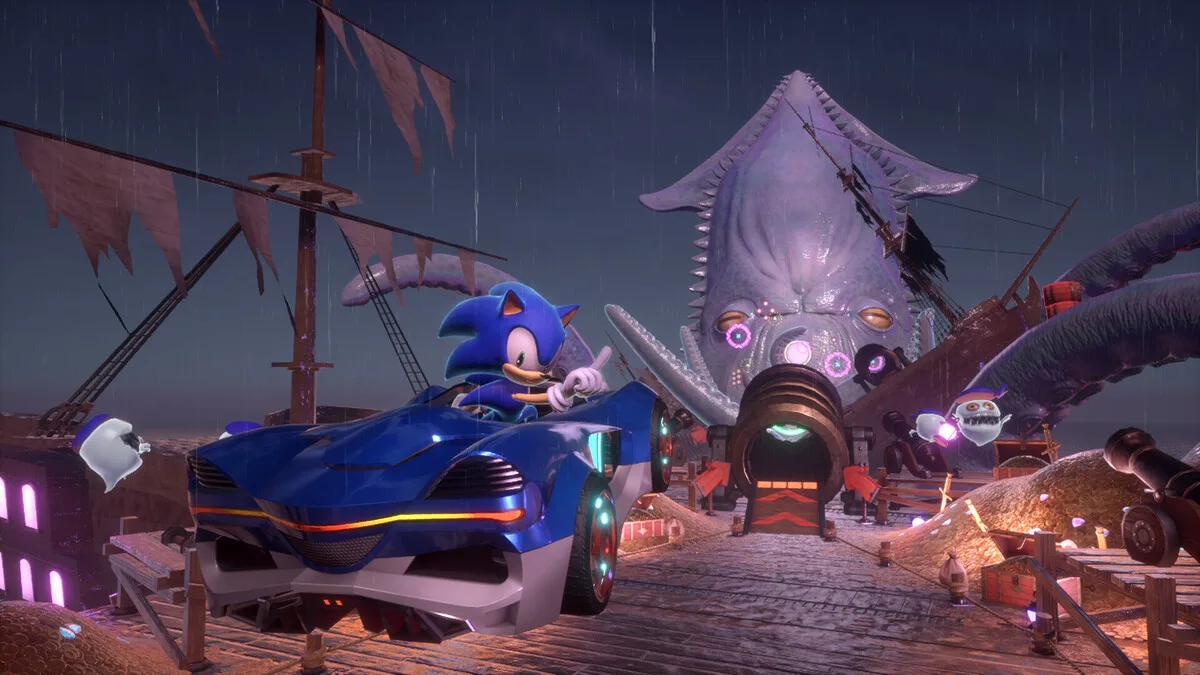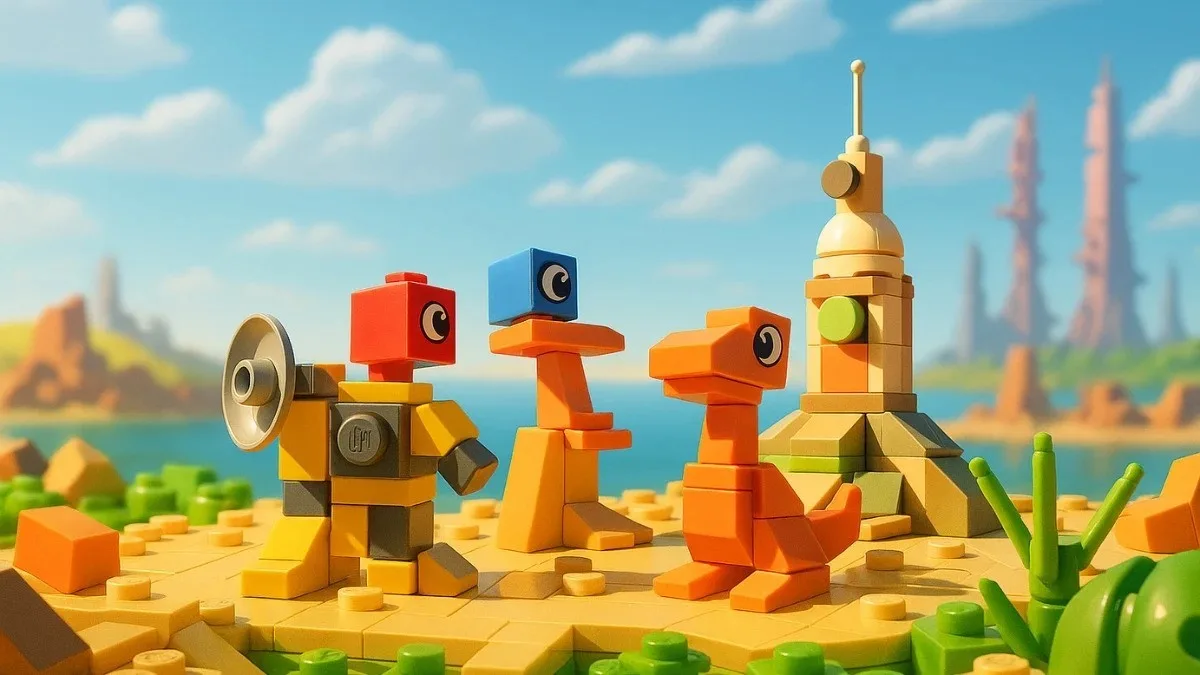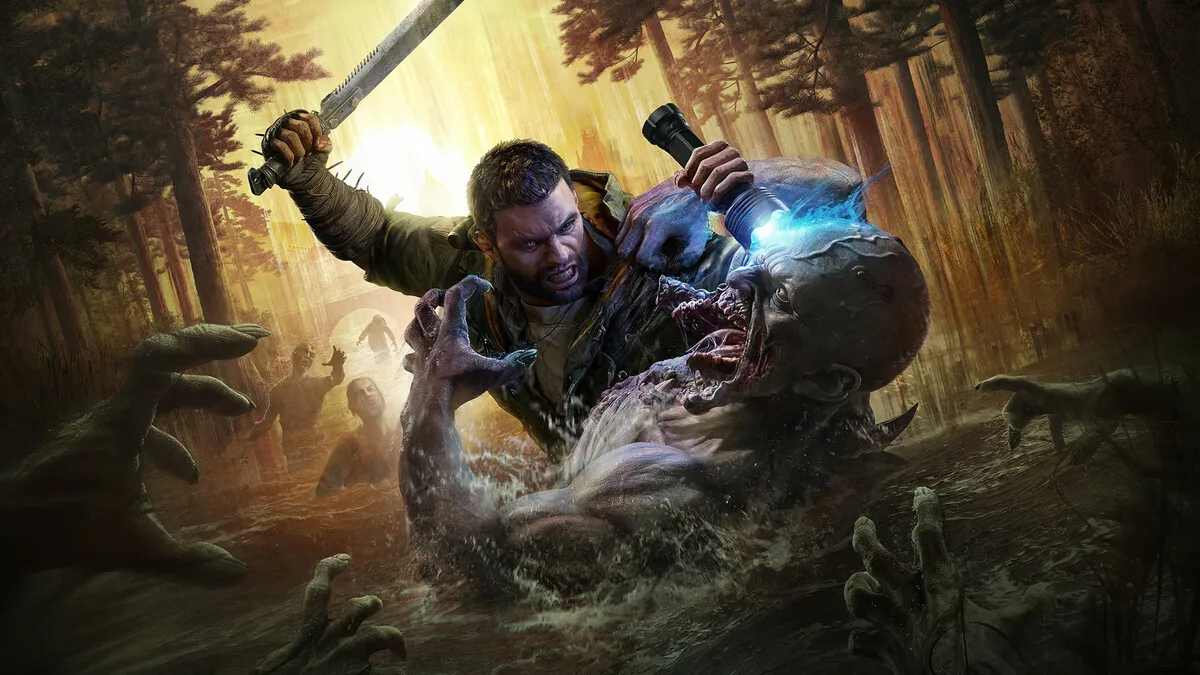
Dying Light: The Beast — Unleashing the Darkness Within
To celebrate the 10th anniversary of the Dying Light franchise, Techland delivers what many already consider its third main installment: Dying Light: The Beast. What initially began as a simple DLC for the second game… Dying Light: The Beast — Unleashing the Darkness Within
